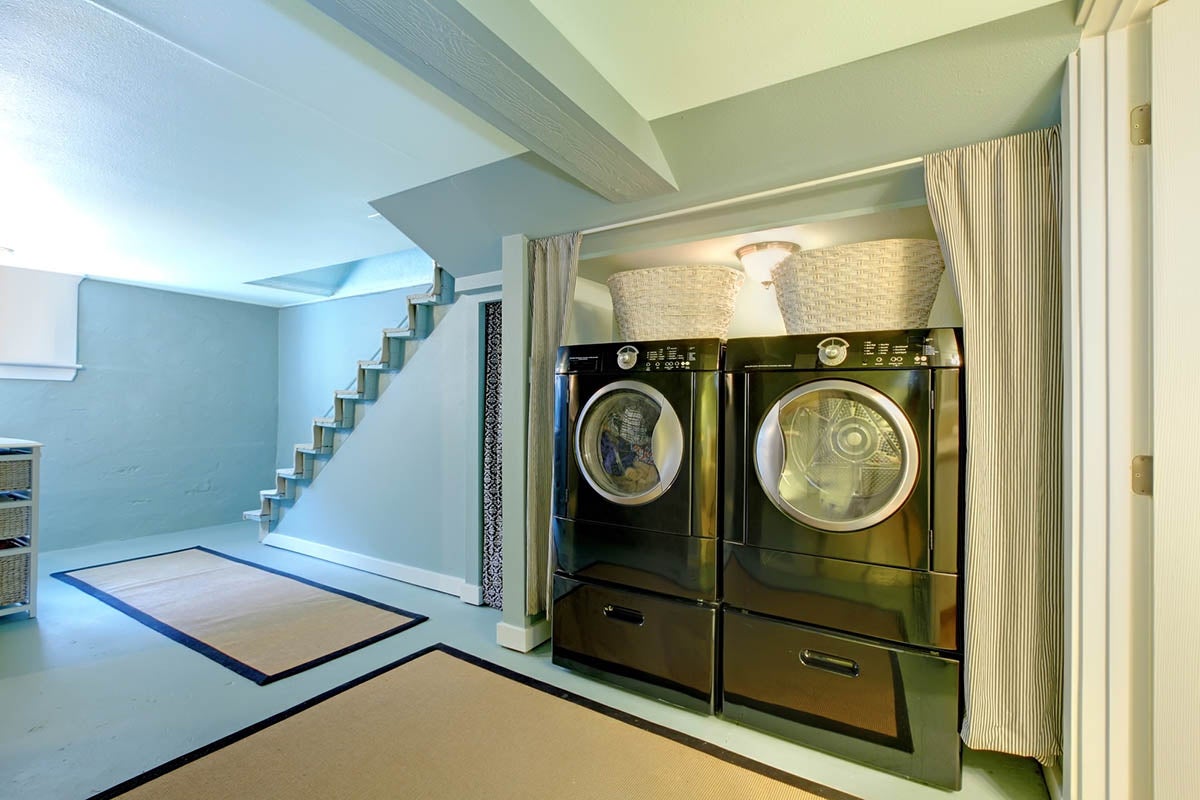

Articles
What Type Of Lighting Is Best For Basement
Modified: March 2, 2024
Discover the best lighting options for basements in our informative articles. Transform your basement into a bright and inviting space with the right lighting fixtures and techniques.
(Many of the links in this article redirect to a specific reviewed product. Your purchase of these products through affiliate links helps to generate commission for Storables.com, at no extra cost. Learn more)
Introduction
Welcome to the world of basement lighting! Designing and choosing the right lighting for your basement can greatly enhance its functionality and ambiance. Whether you are transforming your basement into a cozy living space, a home office, or a entertainment room, selecting the appropriate lighting is crucial for creating the desired atmosphere and ensuring adequate illumination. In this article, we will explore various natural and artificial lighting options that can effectively brighten up your basement.
The basement is often the darkest area of the house, as it is typically located below ground level and has limited access to natural light sources. However, with the right lighting choices, you can transform your basement into a warm and inviting space, regardless of its inherent limitations. Let’s explore the different lighting options available to you.
Key Takeaways:
- Transform your basement into a well-lit and inviting space by strategically combining natural and artificial lighting options. From window wells to recessed lighting, create a functional and visually appealing atmosphere tailored to your needs.
- Consider factors such as natural light, task lighting, and energy efficiency when planning your basement lighting. Consult with a professional to ensure safety and compliance with standards, and create a well-designed, customized lighting plan.
Natural Lighting Options
While basements are notorious for their lack of natural light, there are still some ways to incorporate natural lighting into your basement design. Here are a few options to consider:
- Window Wells: If your basement has windows with access to natural light, consider installing window wells on the exterior. Window wells are wells dug around basement windows to allow more light to enter the space. They not only provide additional light but also add a decorative touch to the exterior of your home.
- Sun Tunnels: Sun tunnels, also known as tubular skylights, are an excellent solution for bringing natural light into areas with limited access to windows. These tunnels capture sunlight on the roof and redirect it into your basement through a reflective tube. Sun tunnels are easy to install and can significantly brighten up your space.
- Lightwells: Lightwells are similar to window wells, but they are designed to bring natural light from above ground into your basement. They are essentially small openings in your yard or patio that allow light to enter and illuminate the basement area around them. Lightwells can be an effective and aesthetically pleasing way to introduce natural light into your basement.
- Interior Windows: If your basement has multiple rooms, consider installing interior windows or glass partitions. These windows allow natural light to flow from one room to another, creating a brighter and more open atmosphere throughout the space.
- Light Reflecting Surfaces: Another way to maximize natural light in your basement is by strategically placing light reflecting surfaces such as mirrors or glossy finishes. These surfaces bounce and distribute the available light, creating the illusion of a brighter space.
- Light Shaft: If your basement is partially or completely below ground level, you can create a light shaft to bring in natural light from above. A light shaft is essentially a vertical opening or well that extends from the roof to the basement ceiling. It can be lined with reflective materials to maximize the amount of light that enters the space.
By incorporating these natural lighting options into your basement design, you can create a brighter and more inviting space that eliminates the feeling of being in a dark, underground area.
Artificial Lighting Options
In addition to natural lighting options, artificial lighting plays a crucial role in illuminating your basement and creating the desired ambiance. Here are some artificial lighting options to consider:
- Recessed Lighting: Also known as can lights or downlights, recessed lighting fixtures are installed flush with the ceiling, creating a seamless and modern look. These fixtures provide even illumination throughout the space and can be placed strategically to highlight specific areas or features in your basement.
- Track Lighting: Track lighting consists of a series of adjustable light fixtures mounted on a track. This versatile lighting option allows you to direct light to different areas of your basement as needed. It is an excellent choice for highlighting artwork, accentuating architectural features, or creating a specific mood in your space.
- Pendant Lighting: Pendant lights hang from the ceiling and provide both functional lighting and decorative elements. They come in various styles and sizes, making it easy to find the perfect pendant lights to suit your basement design. Install pendant lights above a dining area, a bar counter, or an entertainment zone to add visual interest and sophistication to your basement.
- Wall Sconces: Wall sconces are lighting fixtures that are mounted directly on the walls, providing vertical illumination and adding a decorative touch. They are versatile and can be used to complement other lighting sources or as standalone fixtures. Wall sconces are particularly useful for creating a cozy and intimate atmosphere in your basement.
- Floor Lamps: Floor lamps are portable lighting fixtures that provide additional illumination where needed. They are ideal for illuminating reading corners, seating areas, or any other spot in your basement that requires focused lighting. Floor lamps come in various designs and styles, allowing you to choose the ones that best suit your basement’s aesthetic.
- Under Cabinet Lighting: If your basement includes cabinets or shelves, consider installing under cabinet lighting. These lights are placed underneath the cabinets, providing task lighting for activities such as cooking, crafting, or working. Under cabinet lighting also adds a touch of elegance and sophistication to your basement design.
By combining different types of artificial lighting options, you can create a well-lit and visually appealing basement that meets your specific lighting needs and enhances the overall ambiance of the space. It is important to consider factors such as the size of your basement, the intended use of the space, and your personal preferences when selecting artificial lighting fixtures.
Recessed Lighting
Recessed lighting, also known as can lights or downlights, is a popular and versatile lighting option for basements. These fixtures are installed flush with the ceiling, creating a clean and seamless look. Here are some key benefits and considerations of using recessed lighting in your basement:
- Ease of Installation: Recessed lighting fixtures are relatively easy to install, especially if you have a drop ceiling or access to the space above the ceiling. However, if your basement has a finished ceiling, professional installation may be required to ensure proper wiring and placement of the fixtures.
- Even Illumination: One of the main advantages of recessed lighting is its ability to provide even and uniform illumination throughout the space. Multiple recessed lights can be placed strategically to ensure that every corner of your basement is well-lit without any
dark spots or shadows. - Space-Saving Design: Recessed lighting fixtures are sleek and compact, making them an ideal choice for basements with lower ceiling heights. Unlike hanging or protruding light fixtures, recessed lights do not take up any additional space, allowing your basement to feel more open and spacious.
- Customizable Lighting Layout: Recessed lighting allows for flexibility in designing the lighting layout for your basement. You can choose the number of fixtures, the spacing between them, and the direction of light to create the desired ambiance and highlight specific areas of your basement, such as a seating area, artwork, or a game table.
- Dimming Capabilities: Many recessed lighting fixtures can be paired with dimmer switches, allowing you to adjust the brightness according to your needs and mood. Dimming the lights can create a cozy and intimate atmosphere for movie nights or social gatherings in your basement.
- Energy Efficiency: LED recessed lighting is the most energy-efficient option available. LED lights consume less energy and have a longer lifespan compared to traditional incandescent or fluorescent bulbs. By using LED recessed lights in your basement, you can save on energy costs and reduce your environmental footprint.
When installing recessed lighting in your basement, it is important to consider the ceiling height, the size of the space, and the intended use of each area. Planning the placement and spacing of the fixtures will ensure that you achieve optimal lighting coverage and avoid any potential glare or shadows.
Overall, recessed lighting is a versatile and practical option for illuminating your basement. Its clean and modern look, combined with its ability to provide even illumination, make it an excellent choice for creating a well-lit and inviting space.
Track Lighting
Track lighting is a versatile and stylish option for illuminating your basement. It consists of a linear track that holds multiple light fixtures, which can be adjusted and positioned to direct light in different directions. Here are some key benefits and considerations of using track lighting in your basement:
- Adjustable Lighting: One of the main advantages of track lighting is its flexibility. The individual fixtures on the track can be moved and angled to direct light to specific areas or objects in your basement. This allows you to highlight artwork, accentuate architectural features, or create different lighting zones within the space.
- Customizable Layout: Track lighting allows for easy customization of the lighting layout in your basement. You can choose the length and shape of the track, as well as the number and type of light fixtures to suit your design preferences and lighting needs. This versatility makes track lighting suitable for basements of all sizes and layouts.
- Highlighting Features: Track lighting is an excellent choice for showcasing specific features or areas in your basement. By directing focused light onto a particular space, you can draw attention to a bar area, a seating arrangement, or any other element you want to highlight. This creates a visually appealing and dynamic atmosphere in your basement.
- Task Lighting: In addition to providing ambient lighting, track lighting can also serve as functional task lighting. By adding adjustable spotlights or pendant fixtures to the track, you can create focused lighting for activities such as reading, crafting, or working in your basement.
- Aesthetic Appeal: Track lighting fixtures come in a variety of styles and finishes, allowing you to choose the ones that complement your basement’s design. Whether you prefer a sleek and modern look or a more vintage-inspired aesthetic, there are track lighting options to suit any style and enhance the overall ambiance of your basement.
- Easy Installation and Maintenance: Installing track lighting is relatively straightforward, especially if you have an existing electrical connection in the ceiling. The track can be mounted directly onto the ceiling or suspended using suspension kits for added flexibility. Additionally, maintaining track lighting is hassle-free, as replacing individual fixtures on the track is much easier than dealing with complex wiring or fixtures embedded in the ceiling.
When installing track lighting in your basement, it is important to consider the height and spacing of the fixtures to avoid casting shadows or causing glare. Placing the track closer to the edges of the room or along architectural features can help distribute light evenly and create a well-balanced lighting scheme.
Overall, track lighting offers versatility, style, and functionality for your basement. Its adjustable nature and ability to highlight specific areas make it a popular choice among homeowners looking to create a customized and visually appealing lighting design.
Read more: What Type Of Insulation For Basement Walls
Pendant Lighting
Pendant lighting is a popular choice for adding both functional and decorative lighting to your basement. These light fixtures hang from the ceiling by a cord, chain, or rod, and come in various styles, sizes, and materials. Here are some key benefits and considerations of using pendant lighting in your basement:
- Aesthetic Appeal: Pendant lights can serve as beautiful focal points in your basement, adding a touch of elegance and style to the space. They come in a wide range of designs, from sleek and modern to vintage or rustic, allowing you to find the perfect pendant lights that complement your basement’s aesthetic.
- Focal Point: Pendant lights can be used strategically to create a focal point in your basement. By hanging a pendant light over a dining table, a seating area, or a bar counter, you draw attention to that specific area, making it the centerpiece of the space.
- Task Lighting: Pendant lights are not just decorative; they also provide functional lighting. Hanging pendant lights over a work desk, a kitchen island, or a game table can provide focused illumination for activities that require additional lighting in your basement.
- Customizable Height: Pendant lights offer the flexibility to adjust the height at which they hang from the ceiling. This allows you to customize the lighting according to the specific needs and dimensions of your basement. Whether you need to hang them low for intimate lighting or higher for general illumination, pendant lights can be tailored to suit your preferences.
- Multiple Pendants: If you have a larger basement or a longer area to light up, you can consider installing multiple pendant lights in a row or cluster. This arrangement not only provides adequate lighting but also adds visual interest and creates a dramatic effect in your basement.
- Statement Piece: Pendant lights can serve as statement pieces in your basement, adding personality and flair to the overall design. Large, dramatic pendants with unique shapes or artistic elements can become conversation starters and contribute to the overall ambiance of the space.
- Versatility: Pendant lights are versatile fixtures that can be used in various areas of your basement. From the kitchen and bar area to the dining space or the hallway, pendant lights can be installed wherever you want to create a warm and inviting atmosphere.
When installing pendant lighting in your basement, consider the ceiling height, the size of the space, and the clearance required for the fixture. It’s important to position the pendant lights at an appropriate height so that they provide adequate illumination without obstructing the view or causing glare.
Overall, pendant lighting offers a stylish and versatile lighting option for your basement. Whether you choose a single pendant or a group of pendants, they can enhance the visual appeal of the space and provide both functional and decorative lighting.
Consider using LED lighting in the basement for its energy efficiency, long lifespan, and bright, even light distribution. LED lights also produce less heat, making them a safer option for enclosed spaces.Wall Sconces
Wall sconces are versatile and decorative lighting fixtures that are mounted directly on the walls of your basement. They not only provide illumination but also add a touch of style and ambiance to the space. Here are some key benefits and considerations of using wall sconces in your basement:
- Ambient and Accent Lighting: Wall sconces are ideal for creating ambient and accent lighting in your basement. They emit a soft and diffused light that helps create a warm and inviting atmosphere. Additionally, they can be positioned to highlight specific areas or architectural features, such as artwork, a fireplace, or a textured wall.
- Space-Saving Design: Wall sconces are an excellent choice for basements with limited ceiling height or when you want to keep the area free of hanging fixtures. Since they are mounted on the walls, they do not take up any floor or ceiling space, giving your basement a more open and spacious feel.
- Various Styles and Designs: Wall sconces come in a wide range of styles, shapes, and sizes, allowing you to find the perfect sconces that match your basement’s design aesthetic. From sleek and modern to vintage or rustic, there are wall sconces available to suit any style preference.
- Multiple Placement Options: Wall sconces offer flexibility in terms of placement. Whether you want them at eye level, higher up on the wall, or lower near the floor, wall sconces can be positioned at different heights to create the desired lighting effect in your basement. They can also be installed in hallways, staircases, or as bedside lighting for added convenience and safety.
- Dimming Capabilities: Many wall sconces can be paired with dimmer switches, allowing you to adjust the brightness according to your needs and mood. This feature is particularly useful for creating a cozy and intimate atmosphere for movie nights or gatherings in your basement.
- Easy Installation and Maintenance: Installing wall sconces is relatively straightforward, especially if you have an existing electrical connection on the wall. They require minimal wiring and can be done with basic tools. Additionally, maintaining wall sconces is hassle-free, as they typically use replaceable light bulbs or LED modules that are easy to switch out when needed.
When installing wall sconces in your basement, consider the height, spacing, and placement to ensure that they provide adequate lighting without causing glare or shadows. It is also important to choose the right type of bulbs or LED modules for your sconces, depending on the desired light intensity and color temperature.
Overall, wall sconces offer a stylish and space-saving lighting solution for your basement. Their versatility, decorative appeal, and ability to create both ambient and accent lighting make them a popular choice among homeowners.
Floor Lamps
Floor lamps are versatile and portable lighting fixtures that can add both functionality and style to your basement. These lamps stand on the floor and come in a variety of designs, sizes, and shapes. Here are some key benefits and considerations of using floor lamps in your basement:
- Task Lighting: Floor lamps are excellent for providing focused task lighting in specific areas of your basement. Whether you need additional light for reading, working on a project, or playing a game, a floor lamp can be easily positioned to provide direct illumination where needed.
- Flexible Placement: Floor lamps are portable, making them highly versatile in terms of placement. You can easily move them around your basement to adjust the lighting according to your needs or to create different zones. This flexibility allows you to experiment with different lighting arrangements and can be particularly useful in multi-functional basement spaces.
- Ambient Lighting: Floor lamps can also serve as a source of ambient lighting, contributing to the overall illumination of the space. By placing a floor lamp in a corner or near a seating area, you can create a warm and cozy atmosphere in your basement.
- Design Variety: Floor lamps come in a wide range of designs, styles, and finishes, allowing you to find one that complements your basement’s aesthetic. From sleek and modern to vintage or industrial, there are floor lamps available to suit any design preference and enhance the overall ambiance of your space.
- Height Options: Floor lamps are available in various heights, giving you the ability to choose a lamp that suits the ceiling height and desired lighting effect in your basement. Taller floor lamps can help spread light over a larger area, while shorter lamps can provide more localized lighting.
- Avoiding Installation: Unlike other lighting fixtures that require installation, floor lamps eliminate the need for electrical wiring or mounting. They simply plug into an outlet, making them an easy and convenient lighting solution for your basement. Additionally, they can be easily moved or repositioned as needed.
- Task and Ambient Lighting Combination: Floor lamps with adjustable heads or multiple bulbs can provide a combination of task and ambient lighting. You can direct the individual lights to specific areas while also illuminating the surrounding space, creating a well-balanced lighting scheme in your basement.
When using floor lamps in your basement, be mindful of the cord placement to ensure they do not create any trip hazards. Additionally, consider the size and weight of the lamp to ensure it fits well within your space and offers adequate stability.
Overall, floor lamps offer versatility, portability, and a variety of design options for your basement. Their ability to provide both task and ambient lighting makes them an attractive choice for adding both functionality and style to your space.
Window Well Lighting
Window well lighting is a clever and effective way to brighten up your basement by utilizing the natural light that enters through the windows. By focusing and enhancing the light that comes through the basement windows, you can create a well-lit and inviting space. Here are some key benefits and considerations of using window well lighting in your basement:
- Utilizing Natural Light: Window well lighting makes the most out of the natural light that enters your basement through the windows. By strategically placing lighting fixtures around the window wells, you can enhance the light and direct it further into the space, reducing the reliance on artificial lighting during daylight hours.
- Increased Brightness: Well-placed window well lighting can significantly increase the brightness of your basement. By maximizing the natural light, you can create a more welcoming and open atmosphere that eliminates the feeling of being in a dark and confined space.
- Visual Appeal: Window well lighting adds a visually appealing element to your basement design. By highlighting the windows and creating a halo effect around them, you can transform the window wells into attractive focal points that draw the attention of anyone entering the space.
- Security and Safety: Window well lighting also serves a practical purpose by improving the security and safety of your basement. Well-illuminated window wells deter potential burglars by eliminating dark hiding spots near the windows. Additionally, proper lighting in the window wells helps prevent accidents and tripping hazards when navigating the area.
- Types of Lighting Fixtures: There are several types of lighting fixtures that can be used for window well lighting. LED strip lights, flush-mounted floodlights, or even string lights can be installed around the window wells to create the desired lighting effect. The selection of lighting fixtures will depend on your budget, aesthetic preference, and the level of brightness you want to achieve.
- Professional Installation: Installing window well lighting may require professional assistance, especially if you are adding electrical outlets or wiring. It is crucial to ensure that the installation is done safely and in compliance with local building codes.
- Maintenance and Accessibility: Regular maintenance and accessibility are important aspects to consider when using window well lighting. Cleaning the window wells and keeping them free from debris will allow maximum light to enter the basement. It is also essential to plan the lighting installation in a way that allows easy access for maintenance, such as changing bulbs or cleaning fixtures.
When implementing window well lighting in your basement, consult with a professional to determine the most effective placement and type of fixtures for your specific window wells. They can help you optimize the lighting to achieve the desired brightness and visual impact.
Overall, window well lighting is a creative and practical solution for bringing more natural light into your basement. By harnessing the power of natural light, you can create a brighter and more inviting space that transforms your basement into a functional and enjoyable area of your home.
Read more: What Type Of Lighting Is Best For Bedrooms?
Considerations for Basement Lighting
When planning the lighting for your basement, there are several important considerations to keep in mind to ensure that you create a well-lit and enjoyable space. Here are some key factors you should consider when selecting and designing the lighting for your basement:
- Function and Purpose: Determine the primary function and purpose of your basement. Is it a living area, a home office, a playroom, or a combination of different uses? Understanding how you will use the space will help you determine the appropriate lighting design and layout.
- Natural Lighting: Assess the amount of natural light that enters your basement. Take into account the location and size of windows, as well as any window wells or lightwells. Maximize the use of natural light by incorporating window treatments that allow light to filter in, and consider utilizing natural lighting options such as window well lighting or sun tunnels.
- General Lighting: Plan for general or ambient lighting that provides overall illumination for the entire basement. This can be achieved with recessed lighting, track lighting, or ceiling-mounted fixtures. The goal is to evenly illuminate the space without harsh shadows or dark areas.
- Task Lighting: Identify areas in your basement that require additional lighting for specific tasks or activities. This could include a desk or work area, a kitchenette, or a game table. Install task lighting, such as desk lamps, pendant lights, or under-cabinet lights, to provide focused illumination for these areas.
- Accent Lighting: Consider incorporating accent lighting to highlight architectural features, artwork, or other points of interest in your basement. This can be achieved through the use of track lighting, wall sconces, or directed spotlights. Accent lighting adds visual interest and creates a sense of depth in the space.
- Lighting Controls: Implement lighting controls such as dimmer switches or smart lighting systems to adjust the level of brightness and create different moods in your basement. This allows you to customize the lighting for various activities and occasions, from relaxation to entertaining guests.
- Color Temperature: Pay attention to the color temperature of the light bulbs or fixtures you choose. Warm white light (2700K-3000K) creates a cozy and inviting atmosphere, while cool white light (3500K-4100K) provides a brighter and more energized feel. Experiment with different color temperatures to find the best fit for your basement.
- Energy Efficiency: Consider using energy-efficient lighting options such as LED bulbs or fixtures. LEDs consume less energy, last longer, and produce less heat compared to traditional incandescent or fluorescent bulbs. This not only saves on energy costs but also reduces your environmental footprint.
- Safety: Ensure that your lighting design meets safety standards. Install lighting fixtures in appropriate locations to provide adequate visibility, especially in staircases, hallways, and other potentially hazardous areas. Ensure that electrical connections are done by a professional and follow all local building codes.
It is recommended to consult with a professional electrician or lighting designer who can assess your specific basement layout and provide expert advice on the best lighting solutions for your space. They can help you create a well-designed and customized lighting plan that meets your needs and enhances the functionality and atmosphere of your basement.
By considering these factors, you can create a well-lit and inviting basement that is functional, aesthetically pleasing, and tailored to your specific needs and preferences.
Conclusion
Designing a well-lit and inviting basement involves careful consideration of both natural and artificial lighting options. Incorporating the right lighting fixtures and techniques can transform your basement into a functional and enjoyable space for various activities. From natural lighting options such as window wells and light shafts to artificial lighting options like recessed lighting, track lighting, pendant lighting, wall sconces, and floor lamps, there are numerous choices available to suit your needs and design preferences.
When planning your basement lighting, remember to assess the natural light available, strategically place lighting fixtures to create even illumination, and consider task and accent lighting to enhance functionality and visual appeal. Additionally, using dimmers and energy-efficient LED bulbs can help create the desired ambiance while saving on energy costs.
It is essential to consult with a professional to ensure proper installation and compliance with safety standards. They can help you assess your specific basement layout and provide expert guidance on the most suitable lighting options for your space.
By carefully considering the function and purpose of your basement, utilizing natural lighting, selecting the appropriate lighting fixtures, and paying attention to lighting controls, color temperature, and energy efficiency, you can create a basement that is both visually stunning and functional for your needs.
In conclusion, a well-lit basement can elevate your living space and add value to your home. With the right lighting choices, you can create a cozy retreat, a functional workspace, or an entertainment area that you and your family will love spending time in. Embrace the possibilities and let your creativity shine as you transform your basement into a well-lit haven.
Frequently Asked Questions about What Type Of Lighting Is Best For Basement
Was this page helpful?
At Storables.com, we guarantee accurate and reliable information. Our content, validated by Expert Board Contributors, is crafted following stringent Editorial Policies. We're committed to providing you with well-researched, expert-backed insights for all your informational needs.
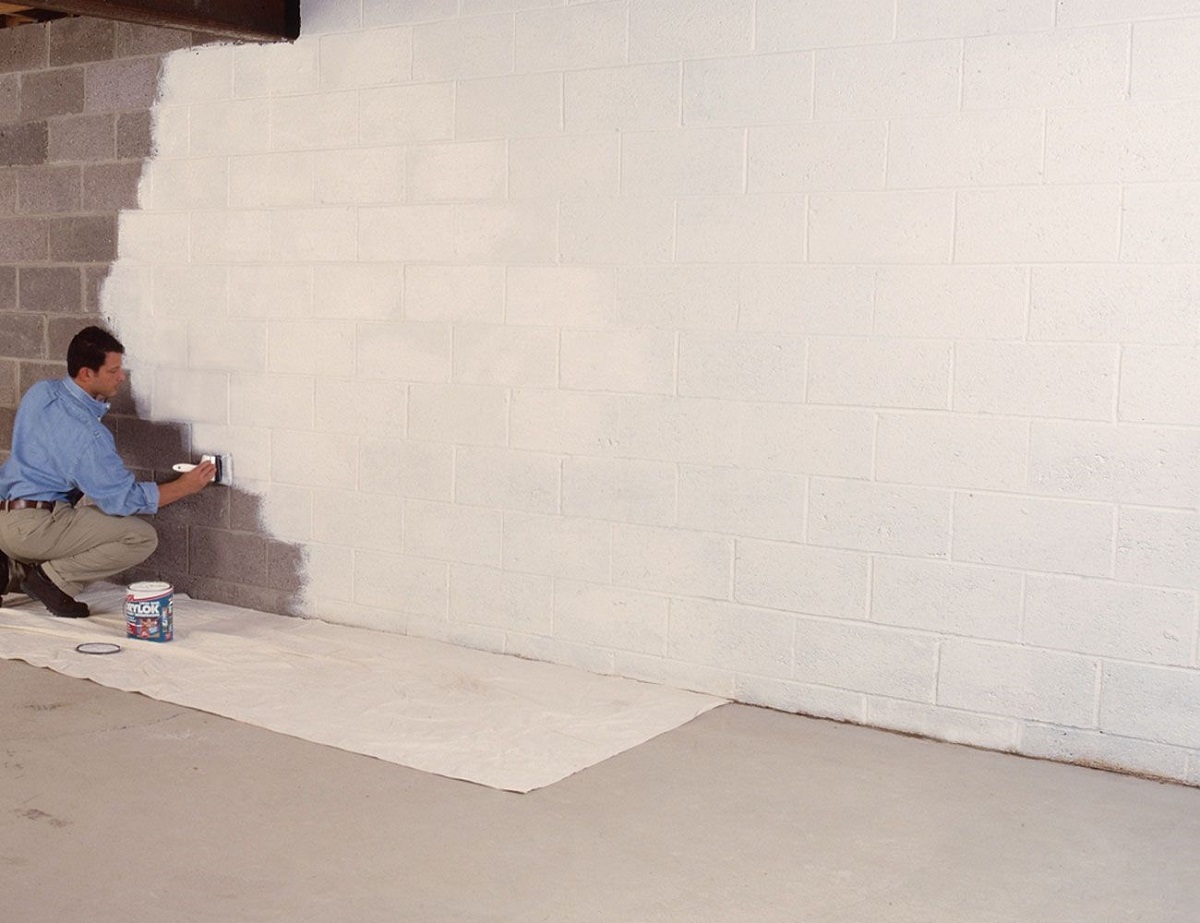
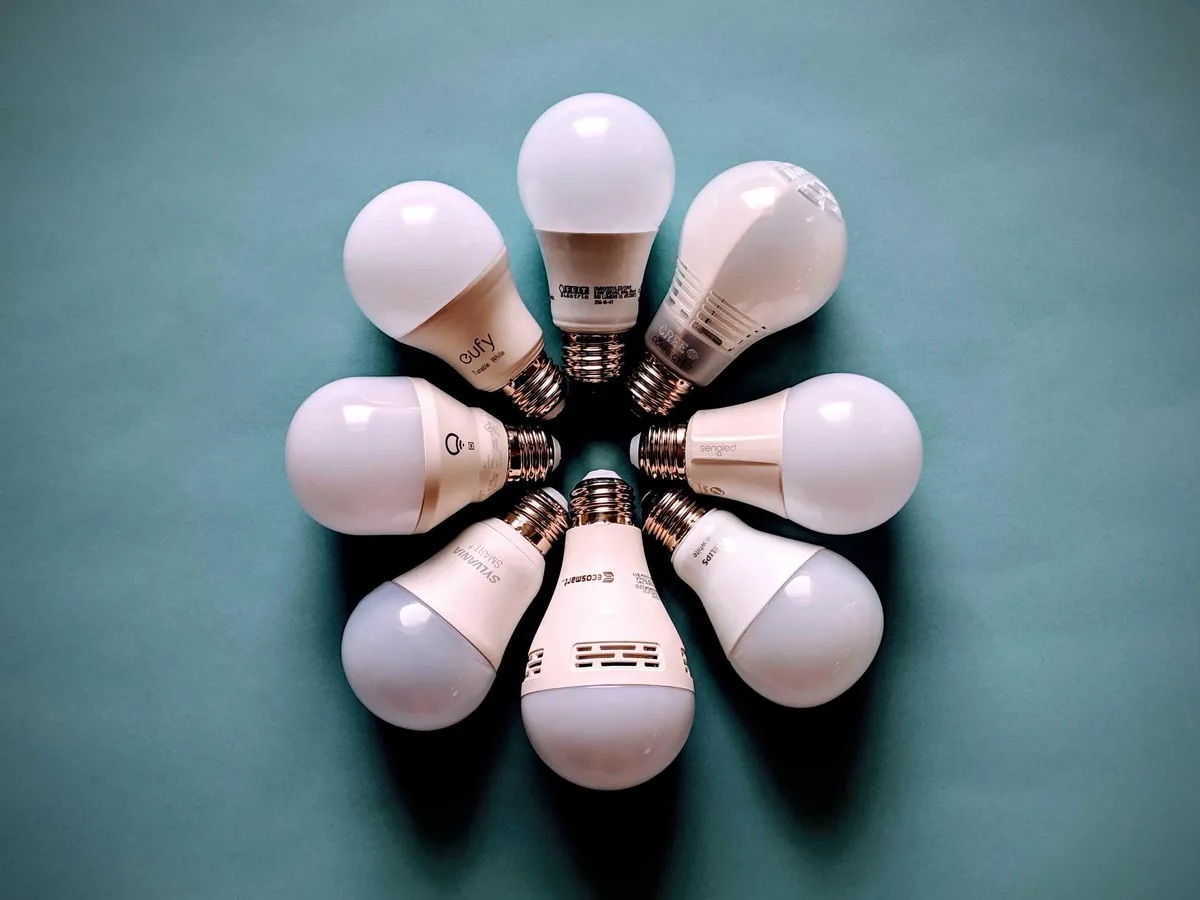
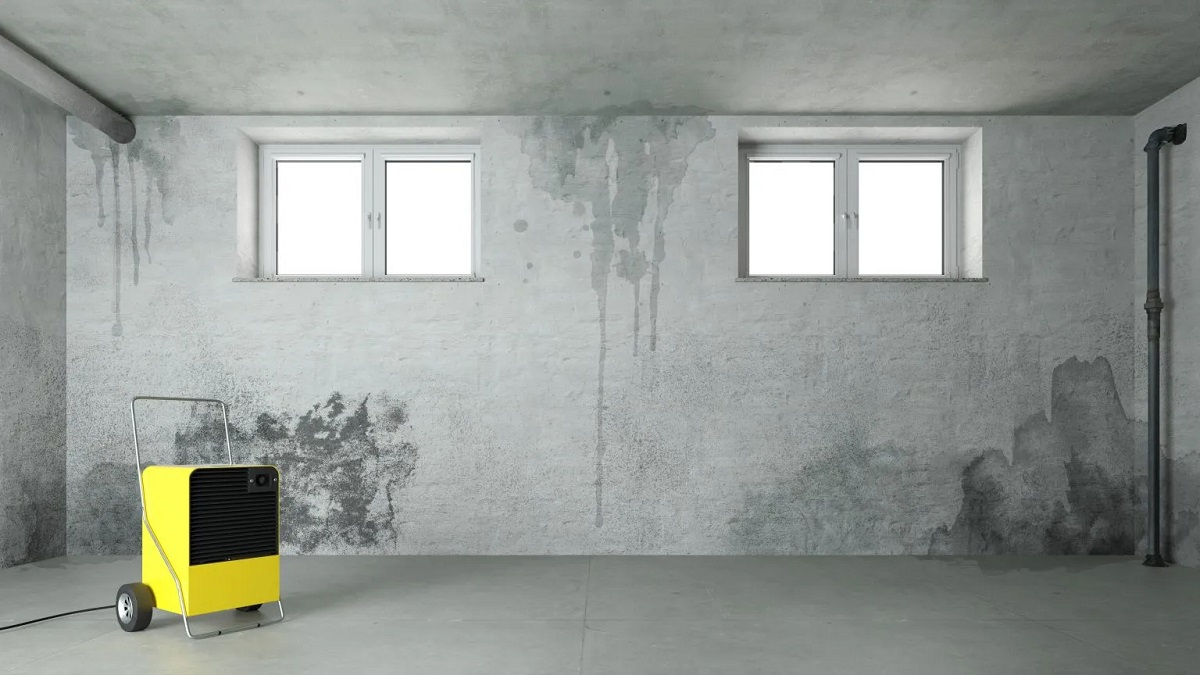
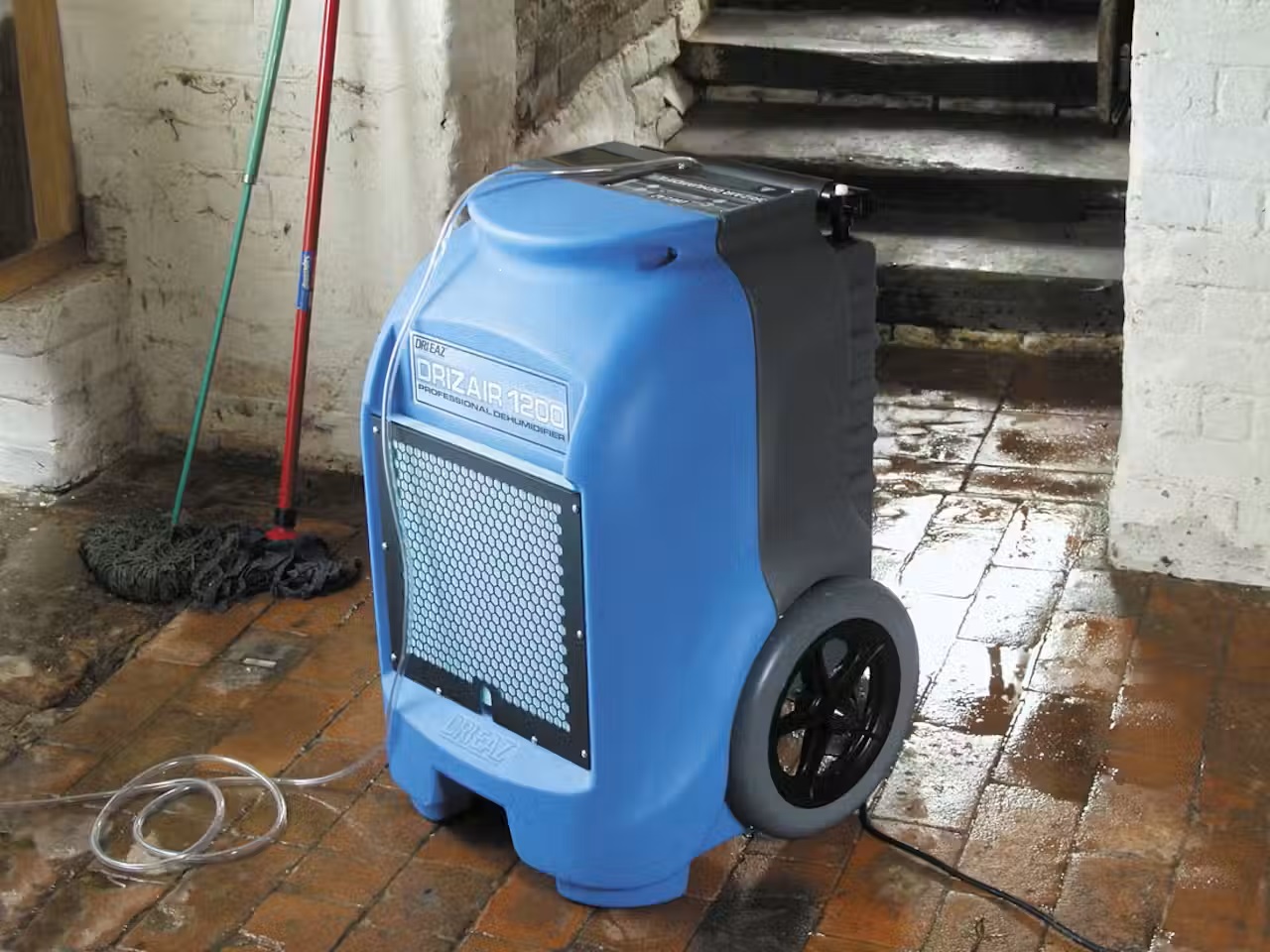
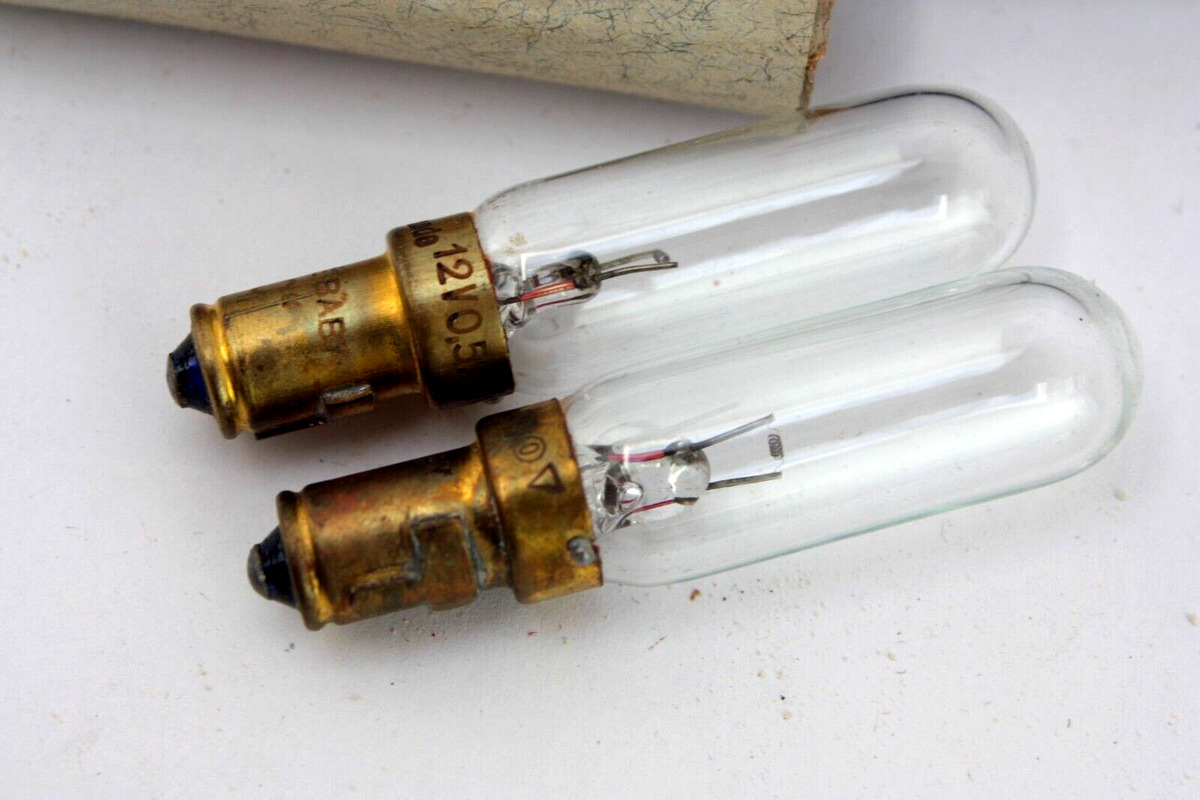
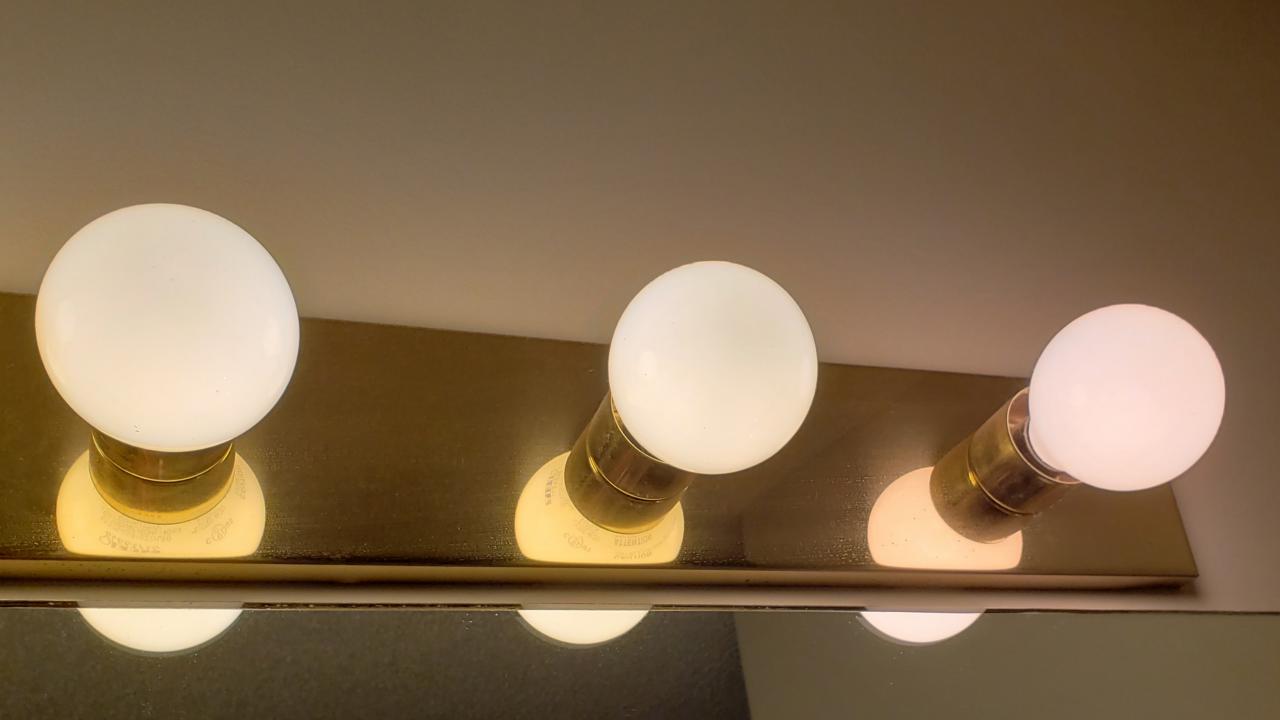
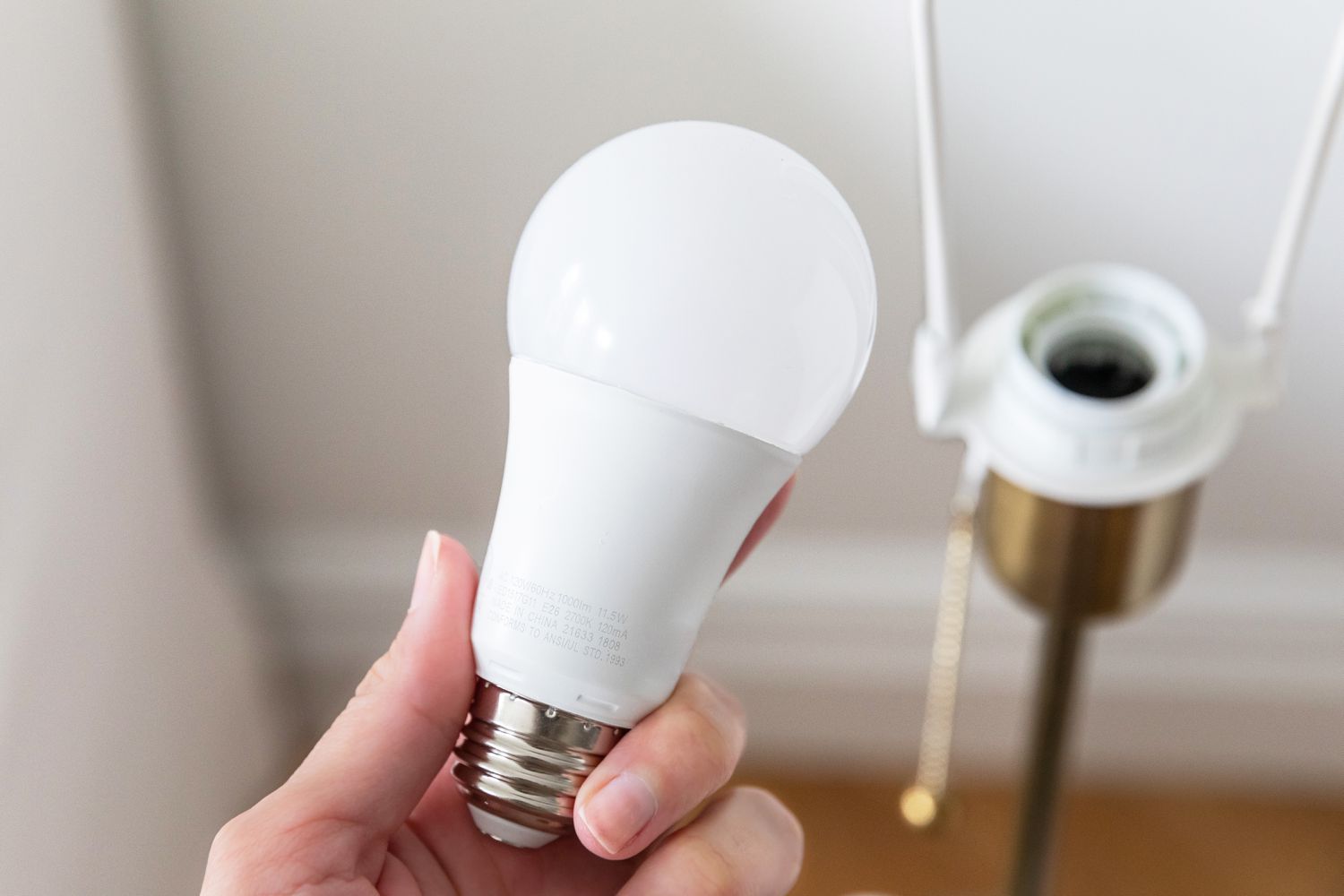
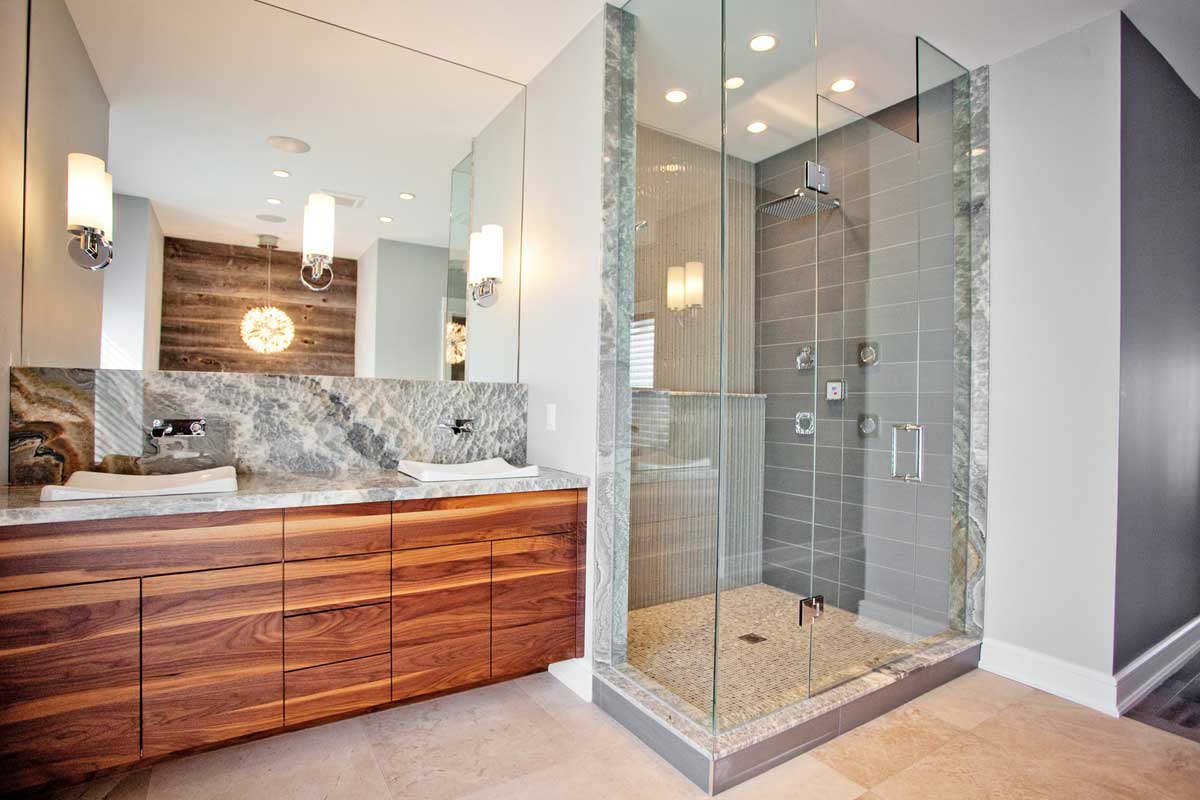
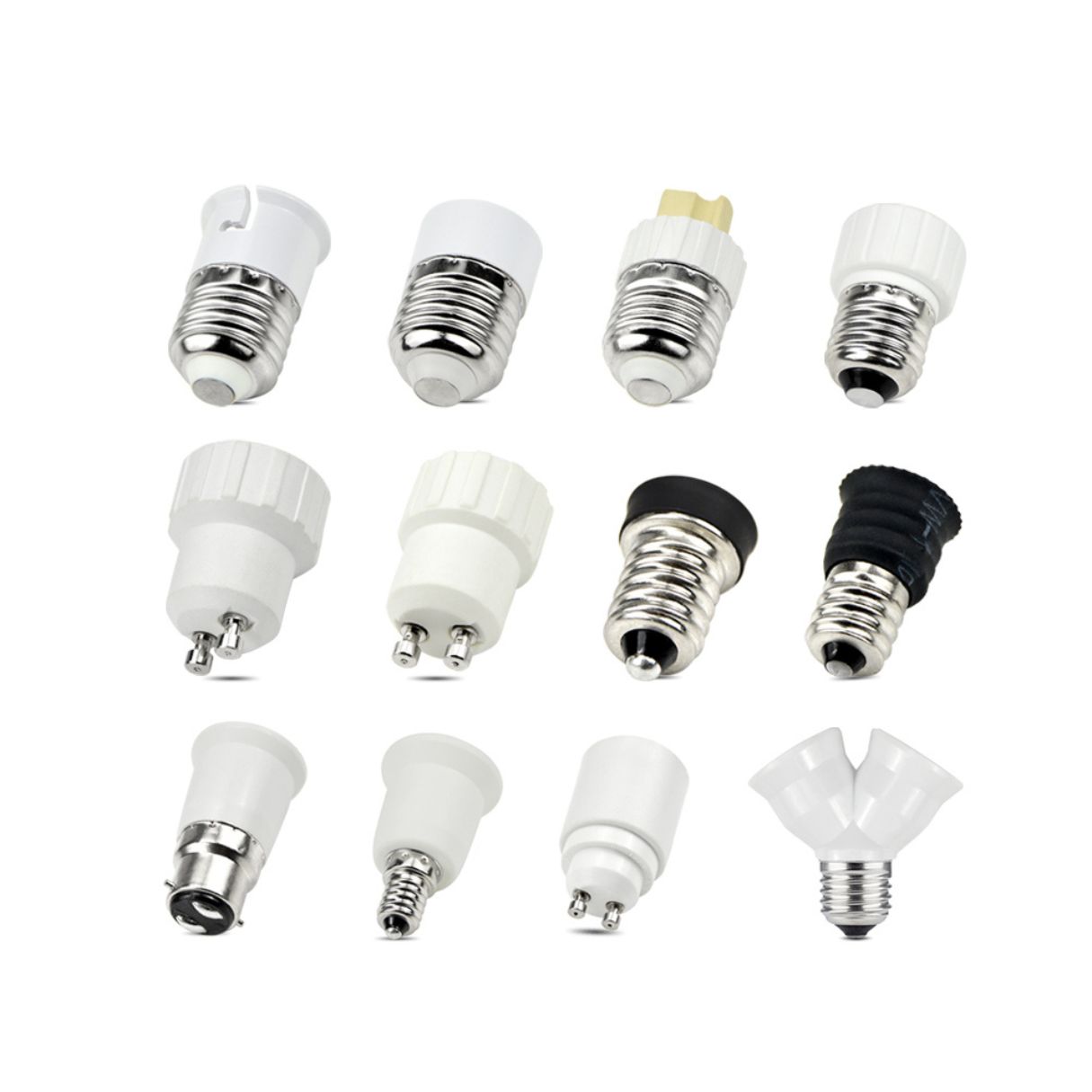
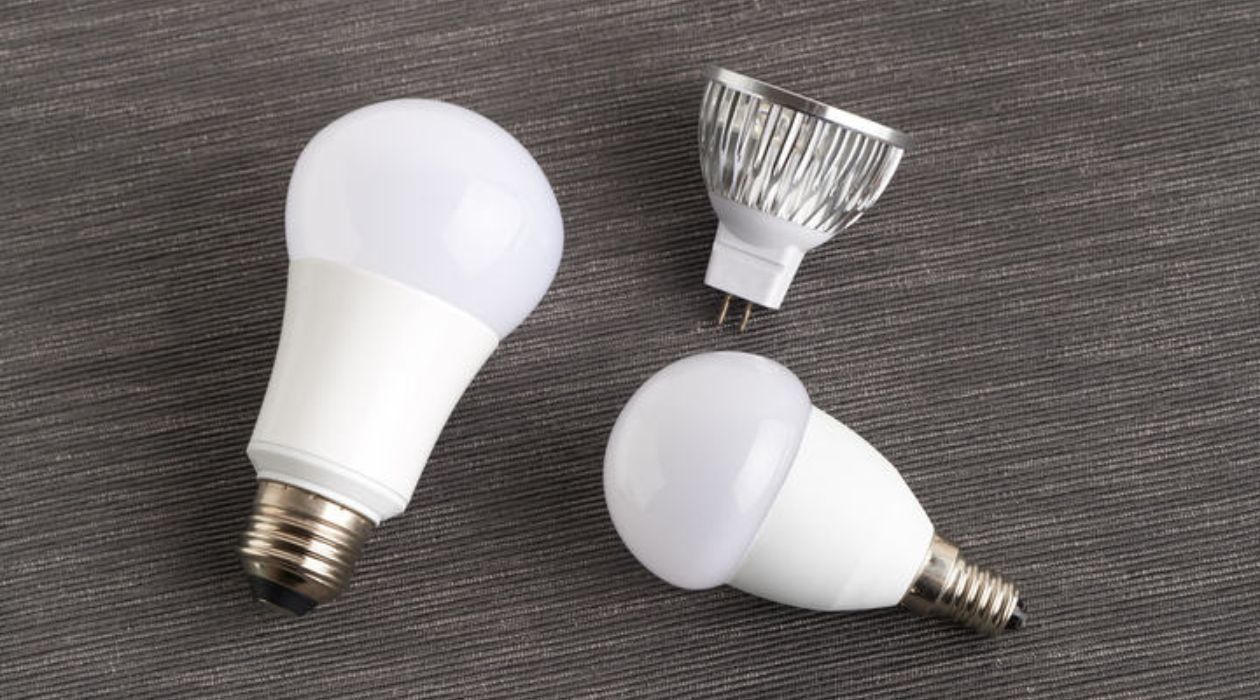
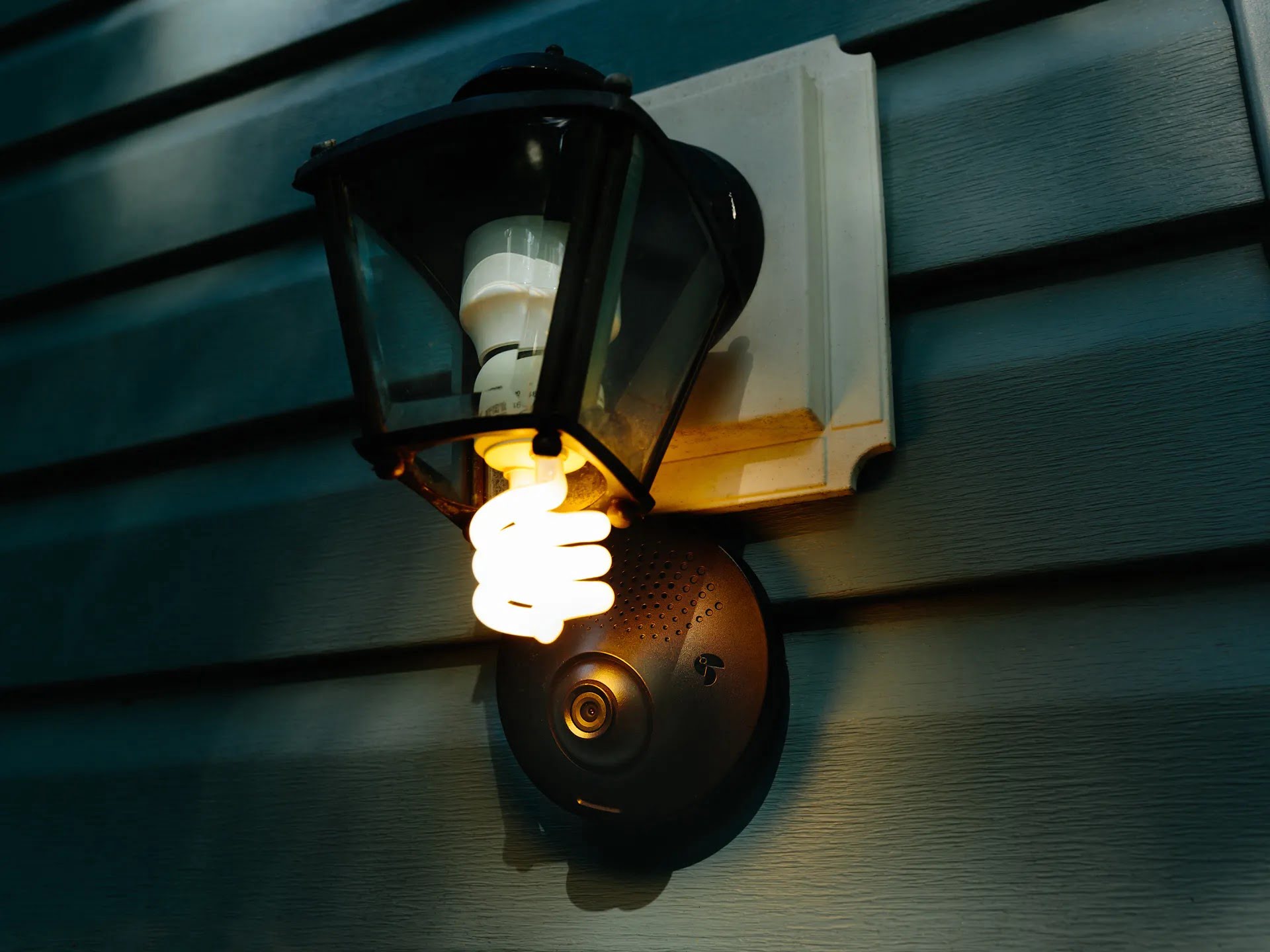
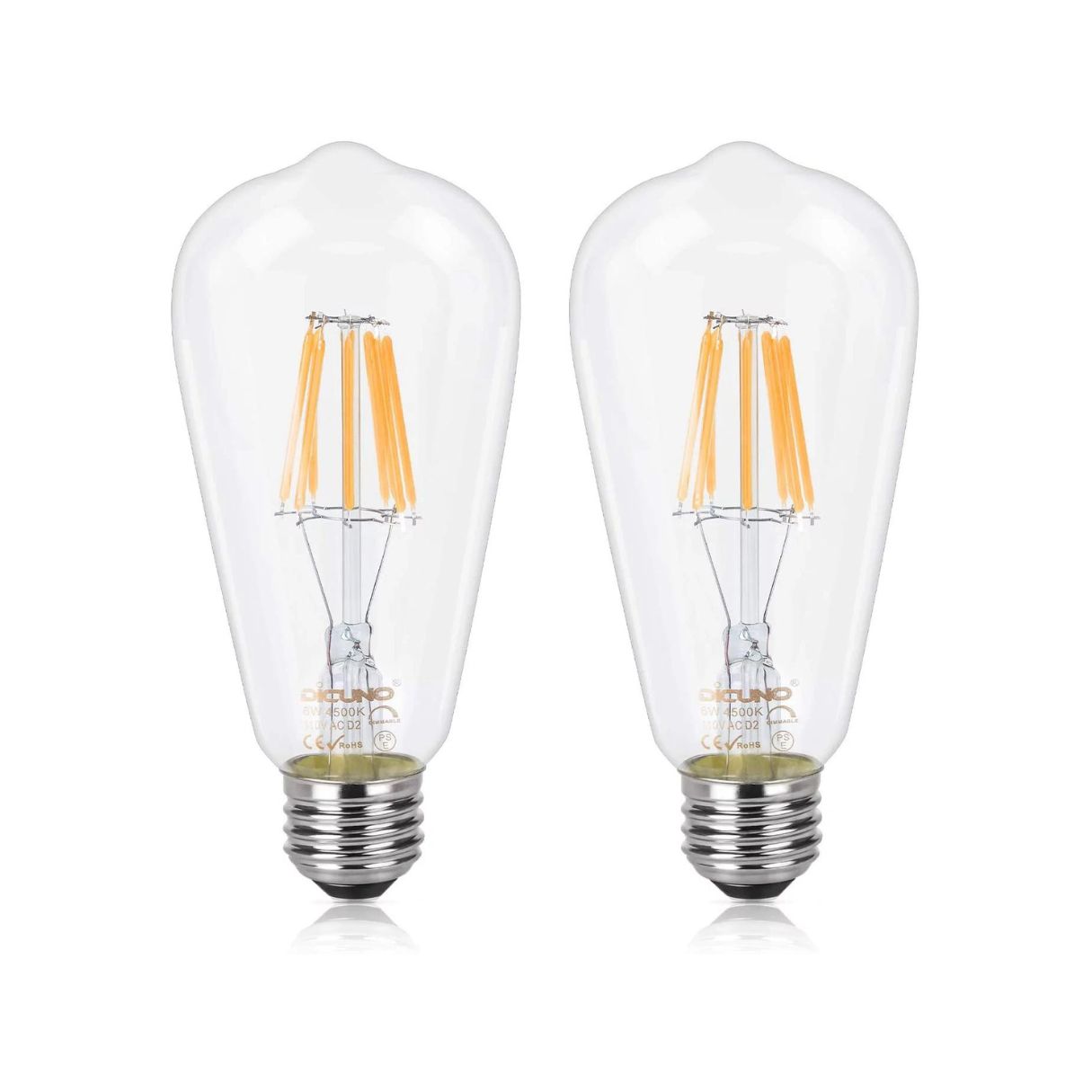
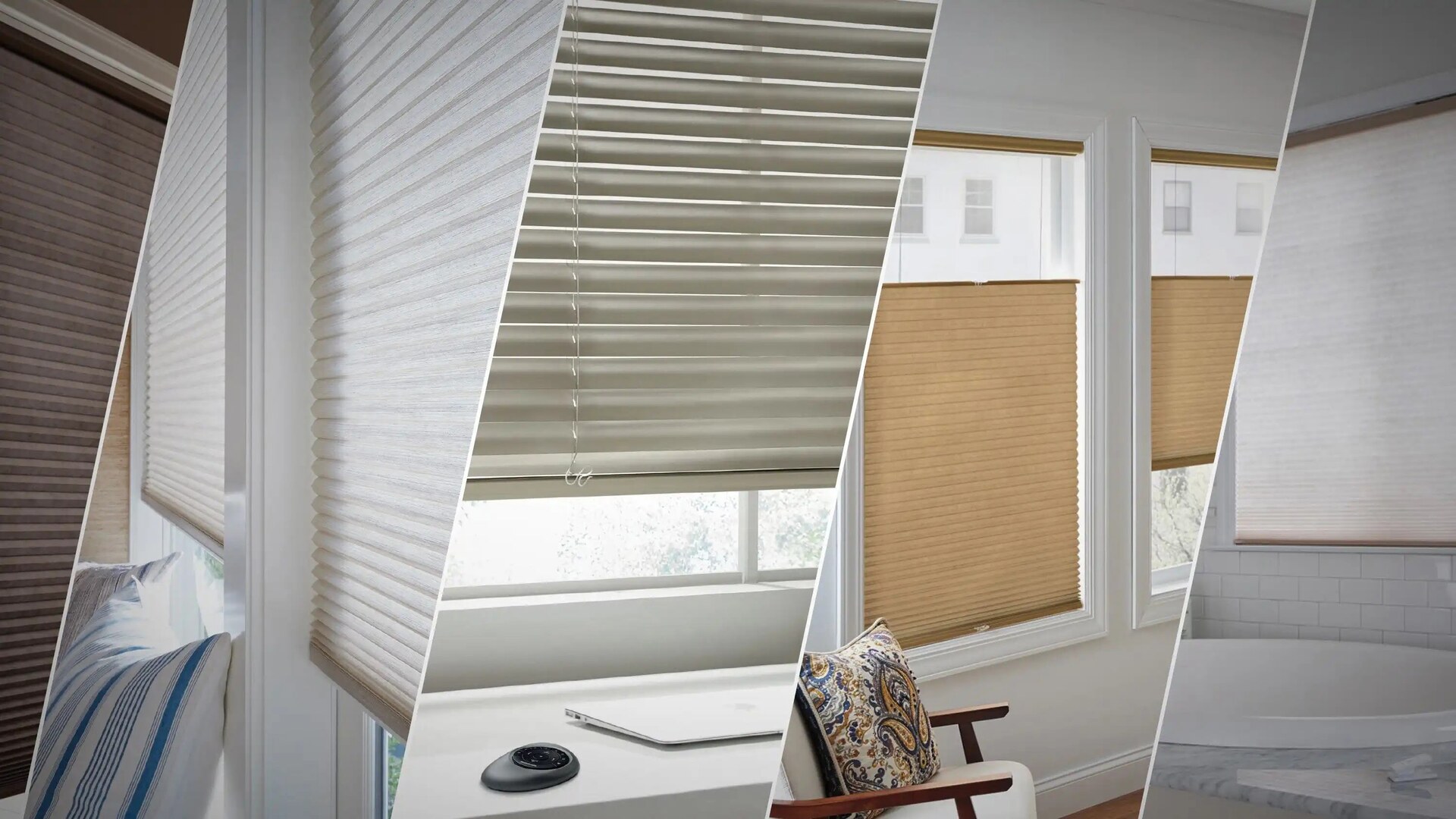

0 thoughts on “What Type Of Lighting Is Best For Basement”